30 January 2014
Nord-Statland: A landslide-induced tsunami on Wednesday that caused serious damage
Posted by Dave Petley
The Nord-Statland tsunami
At about 4:30 on Wednesday afternoon, the small Norwegian village of Nord-Statland was struck by a localised tsunami, which reports have suggested was as high as 15 m (though this looks unlikely). The village is located in Nord-Trøndelag, as shown below in Google Earth:
…
A close-up of the village looks like this:
…
The damage to the village is very serious. This is a pair of before and after images from nrk.no:
After:
…
Whilst this is the area further around the bay (from this gallery of images):
…
Finally, this is image, from http://www.adressa.no/, shows the immediate aftermath of the tsunami:
…
The cause of the Nord-Statland tsunami
The highly localised impacts of this tsunami, and the lack of sesmicity, suggest that this was a landslide-induced event. Reports (in Norwegian) suggest that there was a landslide on the other side of the fjord. However, according to this report, the landslide scar is too small to have caused the observed tsunami, which suggests that the cause was a submarine landslide within the fjord. This report (also in Norwegian) suggests that the cause may have been new houses and a marina under construction close to the village – as far as I can tell it is describing these houses:
..
The suggestion is that the disposal of spoil from these works triggered an underwater slide that in turn generated the tsunami. Whatever the cause, the upshot is that 57 people have been evacuated, but fortunately no-one was killed. The damage to this small village looks to be very serious, including a million fish in a smolt plant. The effects could have been much worse if the landslide had occurred in the summer.


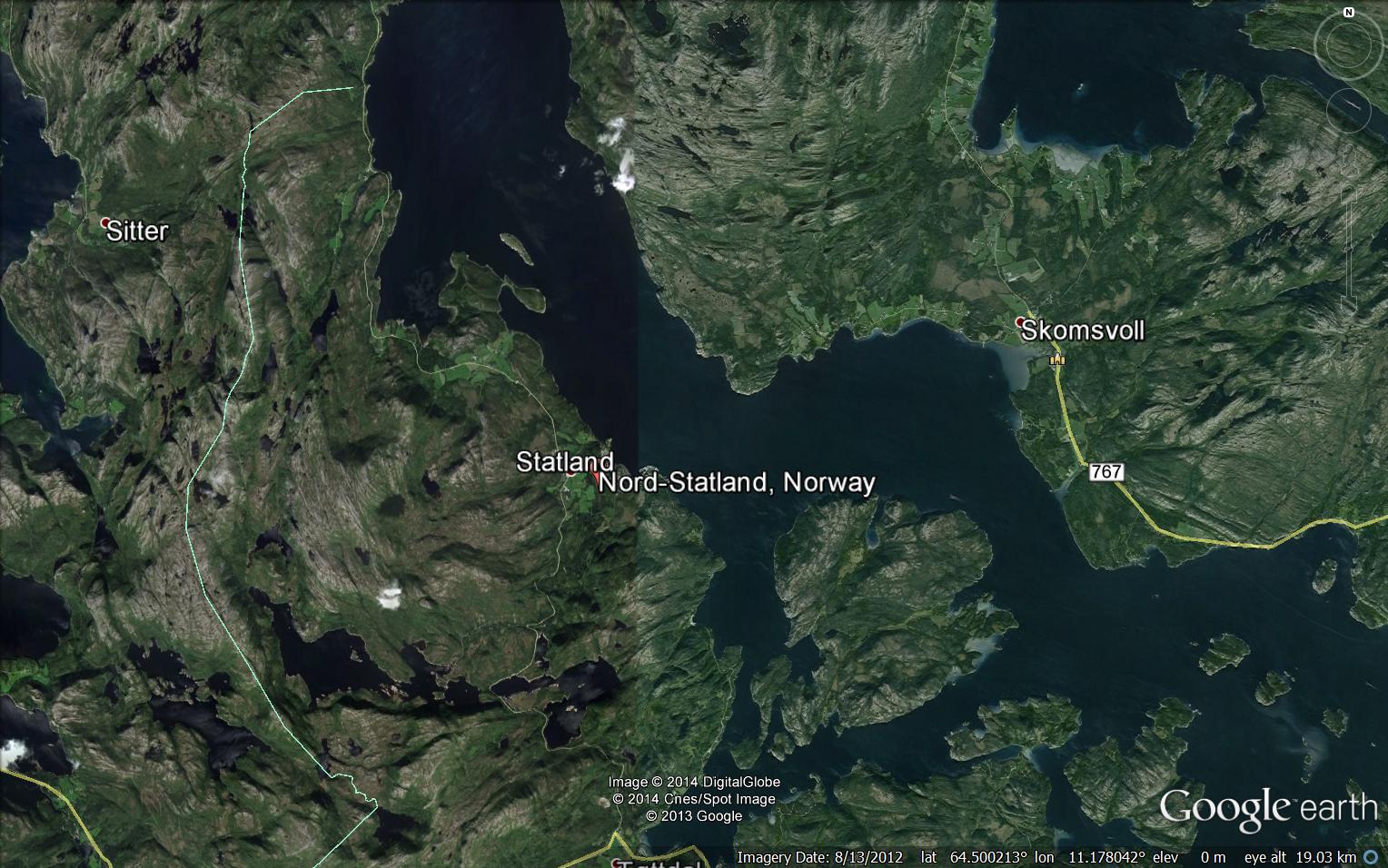
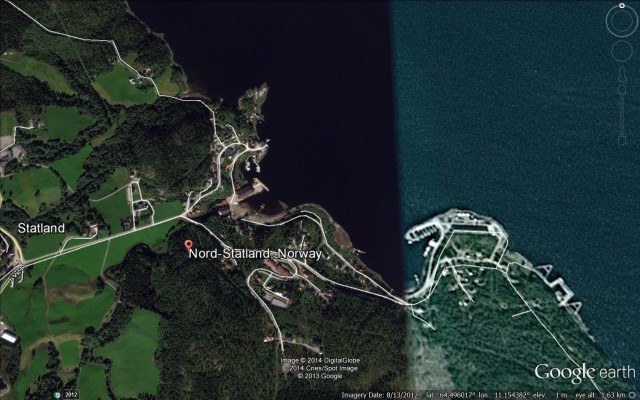
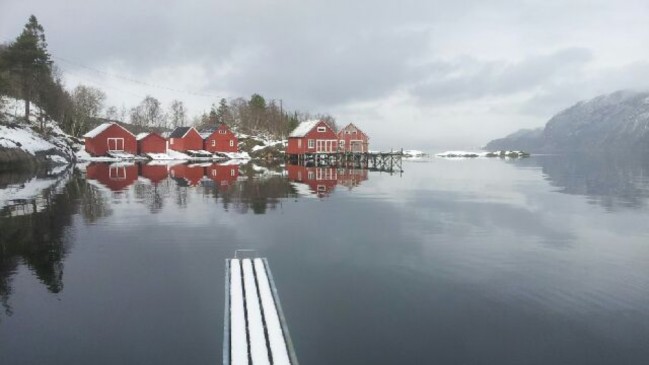
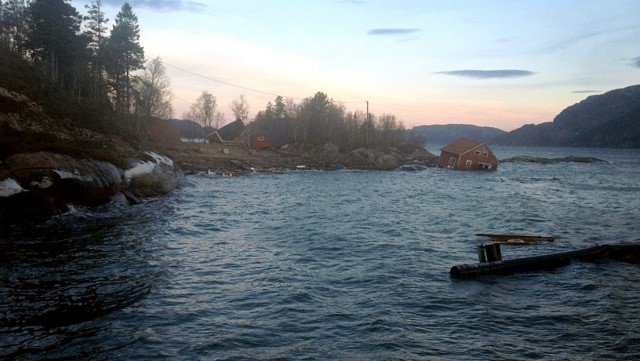
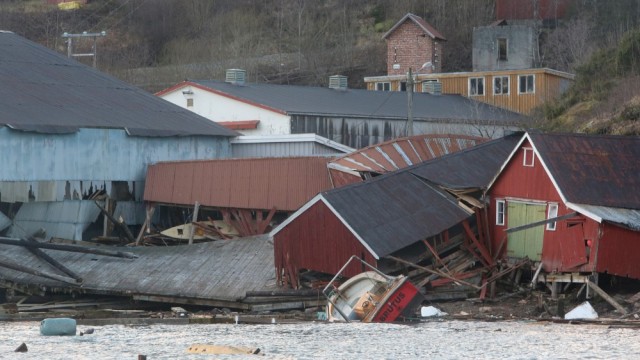
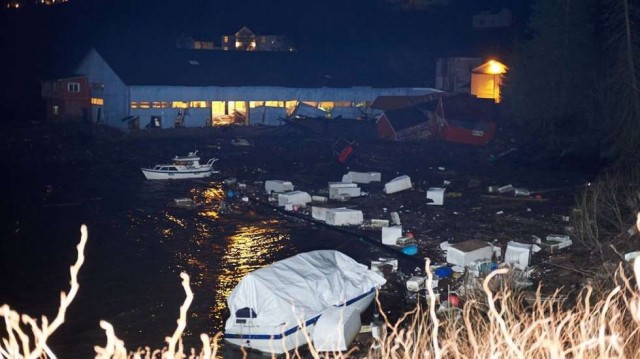
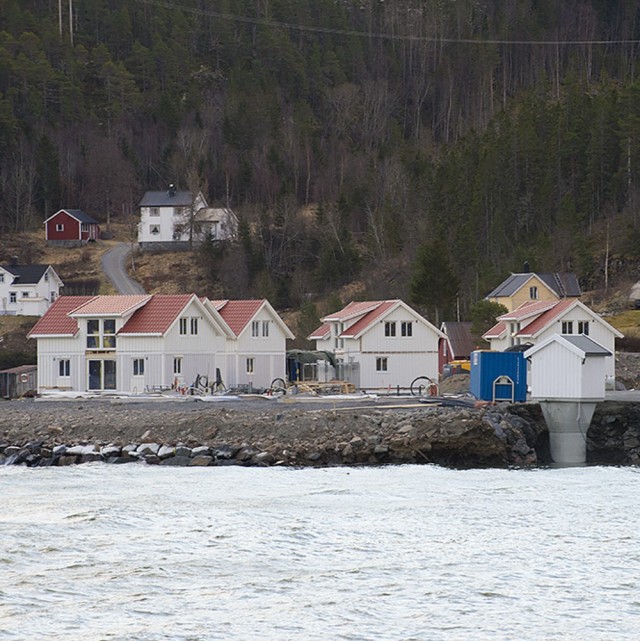
 Dave Petley is the Vice-Chancellor of the University of Hull in the United Kingdom. His blog provides commentary and analysis of landslide events occurring worldwide, including the landslides themselves, latest research, and conferences and meetings.
Dave Petley is the Vice-Chancellor of the University of Hull in the United Kingdom. His blog provides commentary and analysis of landslide events occurring worldwide, including the landslides themselves, latest research, and conferences and meetings.
Quick clay, like in Rissa to the south in 1948?
Quick clay, as in Rissa, Norway to the south in 1978? In that slide, material flowing into Lake Botn created a large tsunami that swamped a village at the northern end of the lake.
The two are located 117 kilometers apart.
Not likely to be quick clay. This is a more “rocky” area, fursther west, and closer to sea level. That means the salt in the clay can’t have washed away turning it to quick clay.
It is possible that the new building project may have overloaded soft marine clay which then failed, and the ensuing tsunami may then have caused both the damage and the small rockslide on the other side of the fjord. Or maybe the small rockslide hit unstable sediments under water which then slid?
I will look for reports in the newspapers and other local sources.